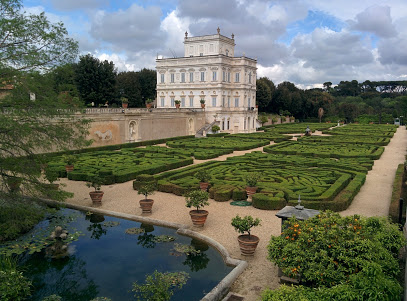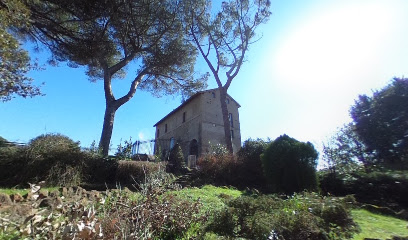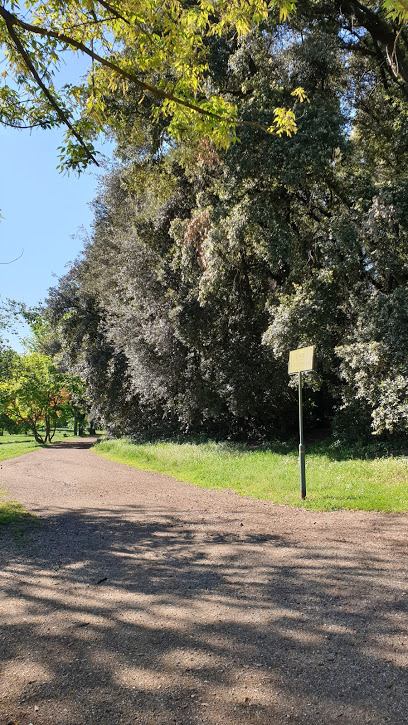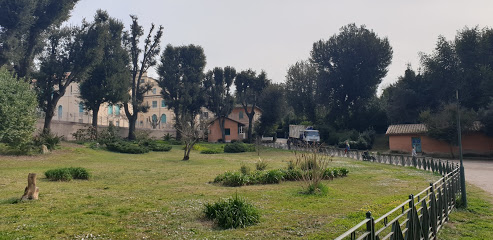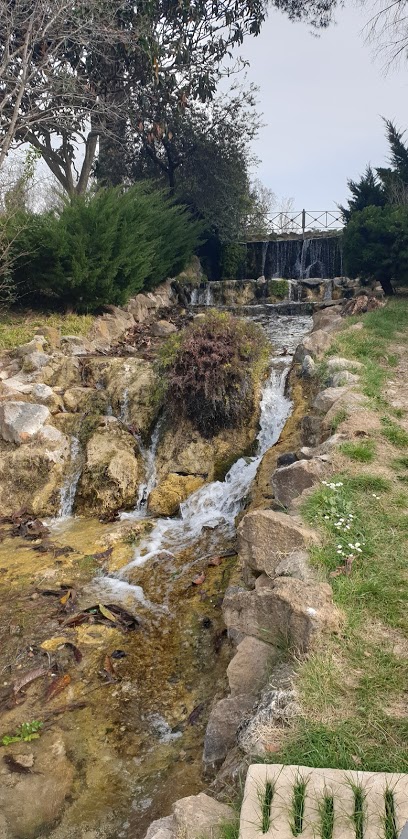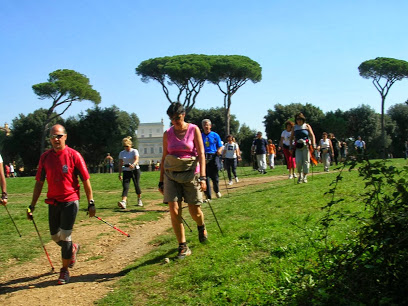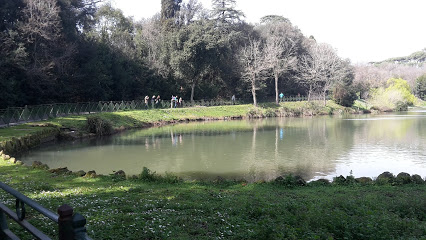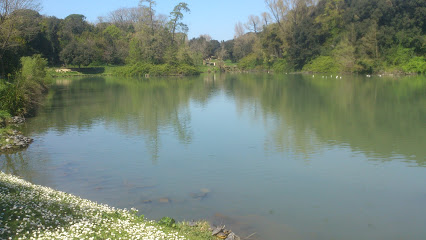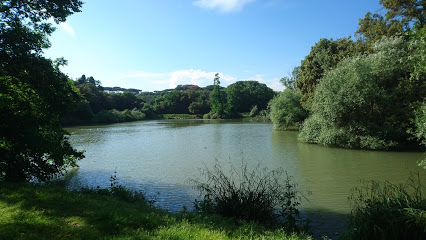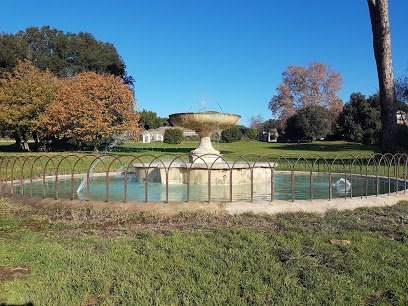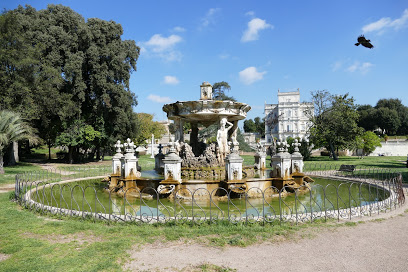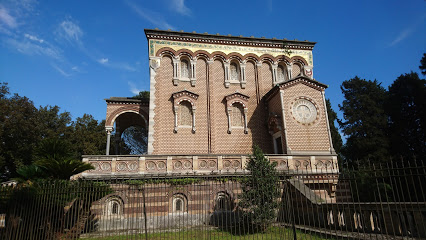The villa is divided into three parts: the palace and gardens (Pars Urbana), the pine forest (Pars Fractuaria) and the agricultural estate (Pars Rustica).
The complex consists of three parts: "pars urbana", including the palace and surrounding gardens; "pars fructuaria", consisting of pine wood; "Pars Rustica", which is part of real agricultural real estate. Inside is also a stream up to a lake with an island in the middle of an oval shape. One of the most important features of villa gardens, which are innovative with regard to the canons of the times. These are designed on two perpendicular axes, one perpendicular to the channel and the other parallel. When you apply this technique, you get an intersection in the lower garden and no longer exist around the mansion.
In the eighteenth century, new elements were also added to "pars fructuaria". In the middle of the same century and the beginning of the eighteenth century, Francesco Bettini created "Orto Agronomico" in the Villa Vecchia part. Around 1840, Prince Filippo Andrea V of Doria Pamphil, had transformed the villa into a modern farmhouse. To do this, he annexed the villas in the grounds and vineyards of Via Aurelia Antica and in 1856 bought the Villa Corsini.
After the damage caused by the events that marked the end of the Roman Republic, new modifications were made to build plants for agricultural uses. Near the end of the nineteenth century, it was decided to create curved extensions, which enhanced the features of the landscape and unite the different parts of the villa. Between 1896 and 1902 the family chapel was built, a building of artistic significance with the features of the new Middle Ages. In 1939, the municipality of Rome began the occupation and confiscation of Villa Doria Pamphil, which ended in 1971.
The oldest building in the villa built along Via Aurelia Antica is known as "Villa Vecchia" and was already present in 1630 when the property was purchased by Panfilo Pamphilj. Between 1644 and 1652, under Innocent X Pamphilj, the complex "Villa Nuova" was built by architects Algardi and Grimaldi.
In 1849, the villa was the scene of one of the bloodiest battles to defend the "Roman Republic": French troops occupied the Second Republic on June 2 Villa Corsini, then in the western suburbs of Rome, on June 3, 1849, Garibaldi forces tried vainly to overcome them, Colonel Angelo Massena during one of the attacks and wounded Guvredo Mamili fatal.
In 1856, the villa was attached to the neighboring Corsini villa and the whole complex was converted into a large agricultural company. The first confiscation began by the municipality of Rome in 1939, where the Italian state bought the original nucleus of the villa in 1957. More than 168 hectares were obtained by the Romanian municipality. The western part in 1965, and the rest in 1971 with the opening to the public in 1972.

